When I arrived in Kaunas after and 1,5 hour train trip from Vilnus it was raining, there was no taxi, the hotel was 3,5km away and no bike to rent. I started to regret coming, especially the area around the train station looked a bit sad. Then I remembered I had a Bolt app and that worked.
Late at night I started off to check out the town and unexpectedly pumped into the most amazing show at the main square. On the 53m high lite up facade of City Hotel an artist was dancing along and down.
I was thrilled- this and the most charming city center immediately drew me in. I stayed two days, went to the hairdresser, had my nails done and studied the exciting history of the town in the excellent museum at City Hall.
One walk took me across the river up the hill. Actually there is a small furniclar, but ih had closed alrady so I climbed the many stairs. The reward was a stunning view of the historic center of Kaunas.I strolled around the woods nearby and came across what seemed old bunkers.
The 14th century Kaunas fortress ist nearby. It is famous for its fierce battles, like that when 400 Lutheran soldiers were defeated by an army of the Teutonic Order (Deutscher Orden). https://www.livetheworld.com/post/kaunas-castle-lithuania-s-oldest-defensive-site-and-its-legends-eb58 The most striking building in Kaunas for me at least, is the House of Perkūnas, one of the most original and Gothic secular buildings in Kaunas. Originally built by Hanseatic merchants, their only building in Lithuania, it served as their office from 1440 until 1532,
Jewish Kaunas: 1940 the Soviet Army conquered Kaunas, then the capital of the independent country of Lithuania (1920-1940). Right after, in 1941 the German Wehrmacht Battle drove the army out. The people of Kaunas had hoped that with the USSR troops dritten out, the Germans would accept Lithuania’ independance. Some cooperated with the Germans for this reason, this also contributed that the vast majority of Lithuanian Jews were massacred during the Holocaust. Before the Shoa 40.000 Jews lived in Kaunas. In 1941, tens of thousands of Jews were locked up in the country’s ghettos. These ghettos ‘took in’ tens of thousands of other Jews transferred by the Nazis from other parts of Europe.
.https://jguideeurope.org/en/region/lithuania/kaunas/
Kaunas was my last stop in the Baltic States and crossing into nearby Poland was easy but to get a quick connection to Gdansk was difficult. The first leg of the a three hour trip from Kaunas ended in Elk.

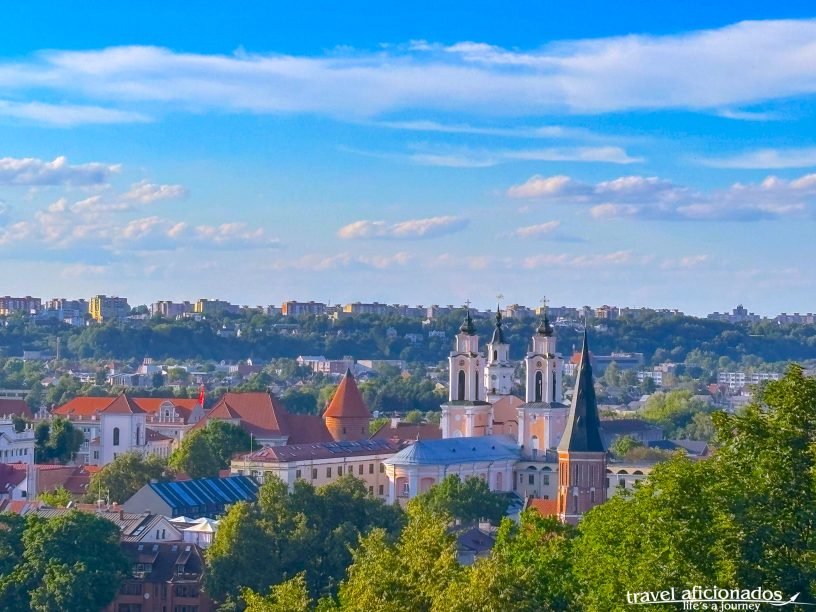

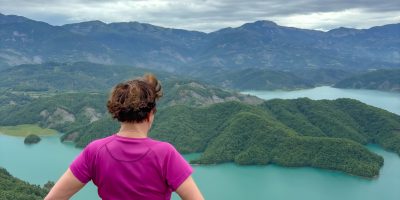
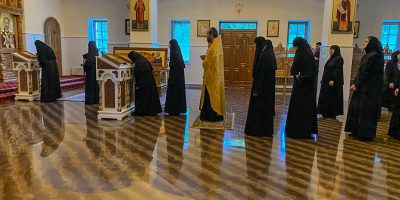
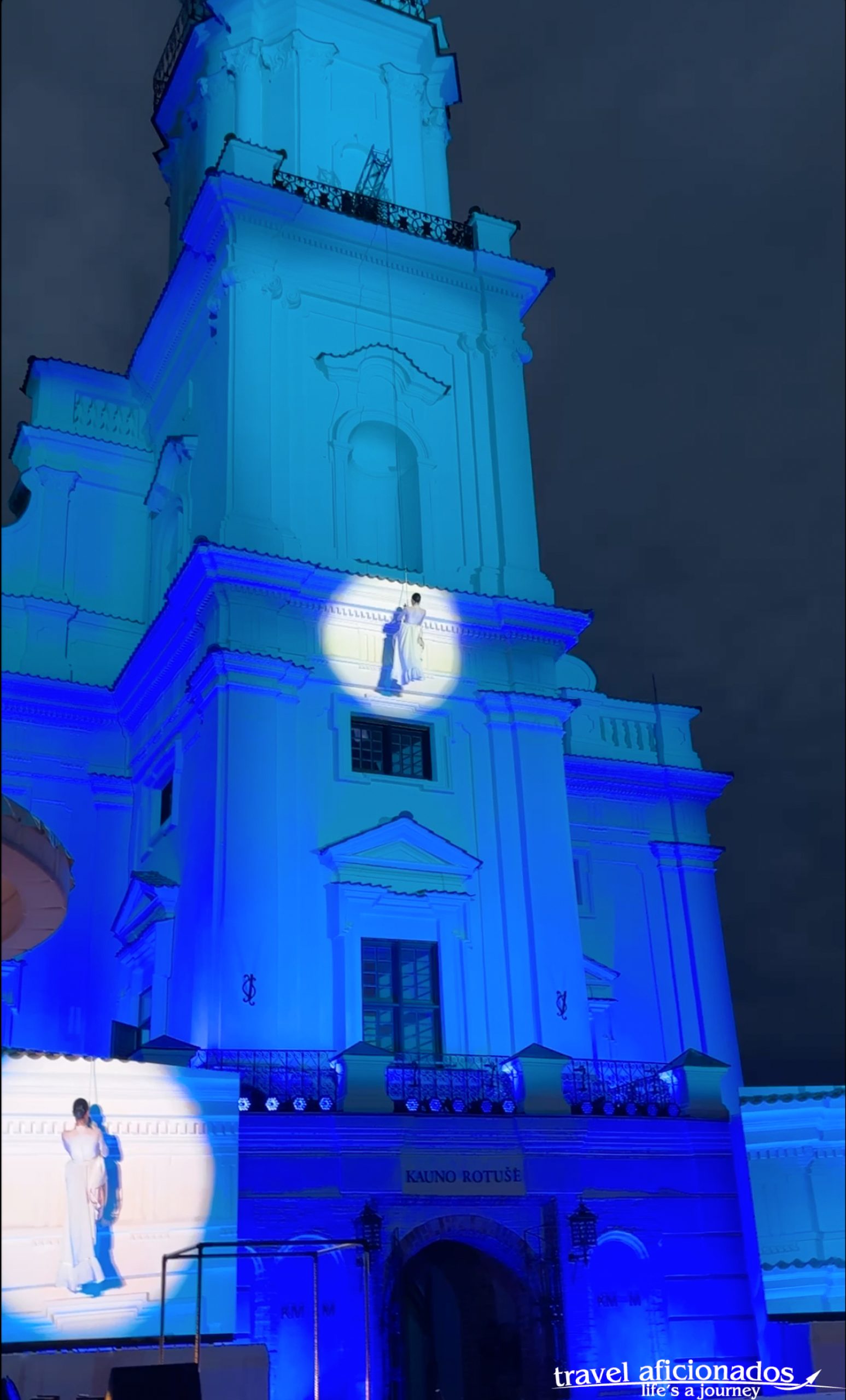
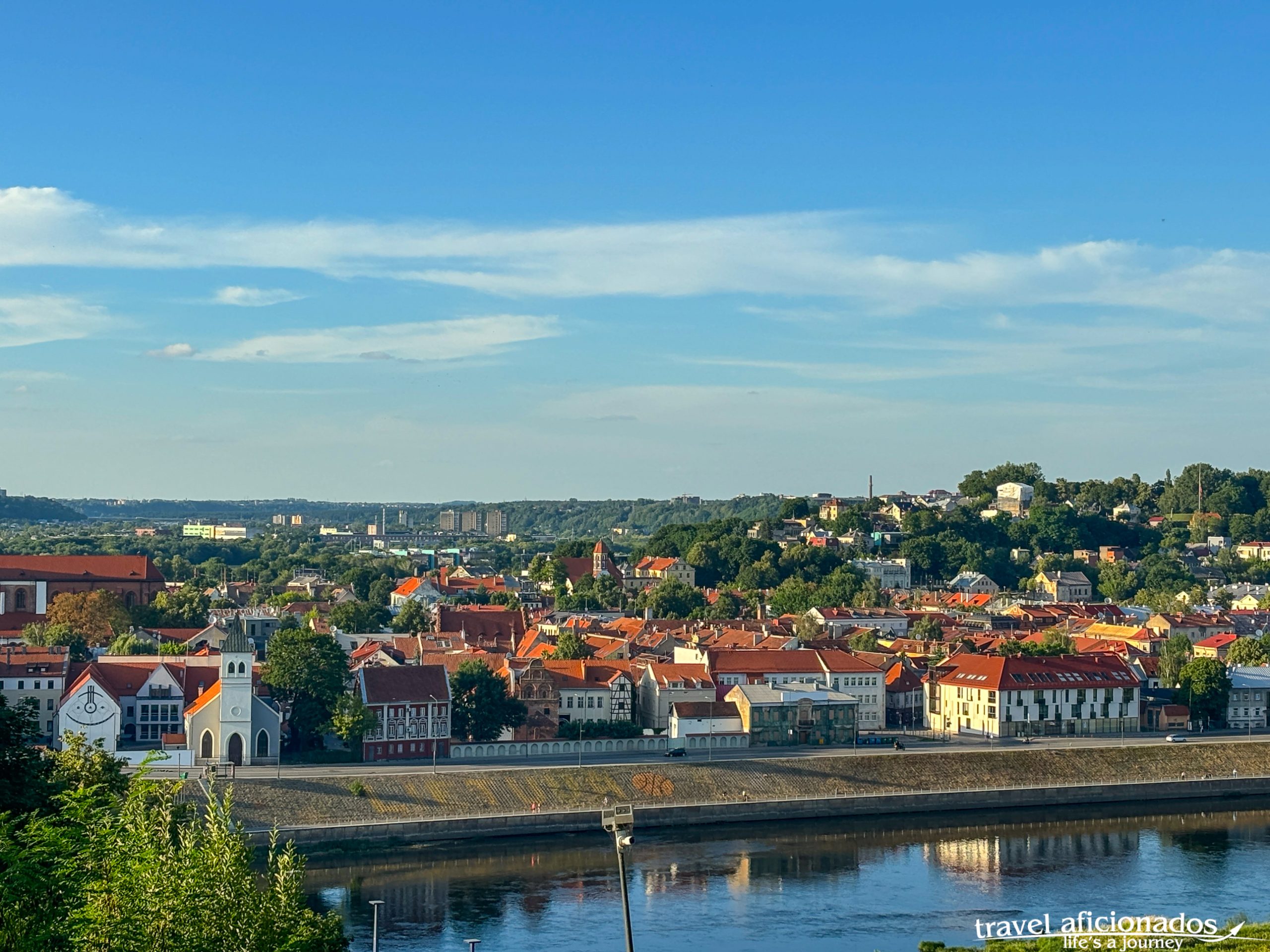
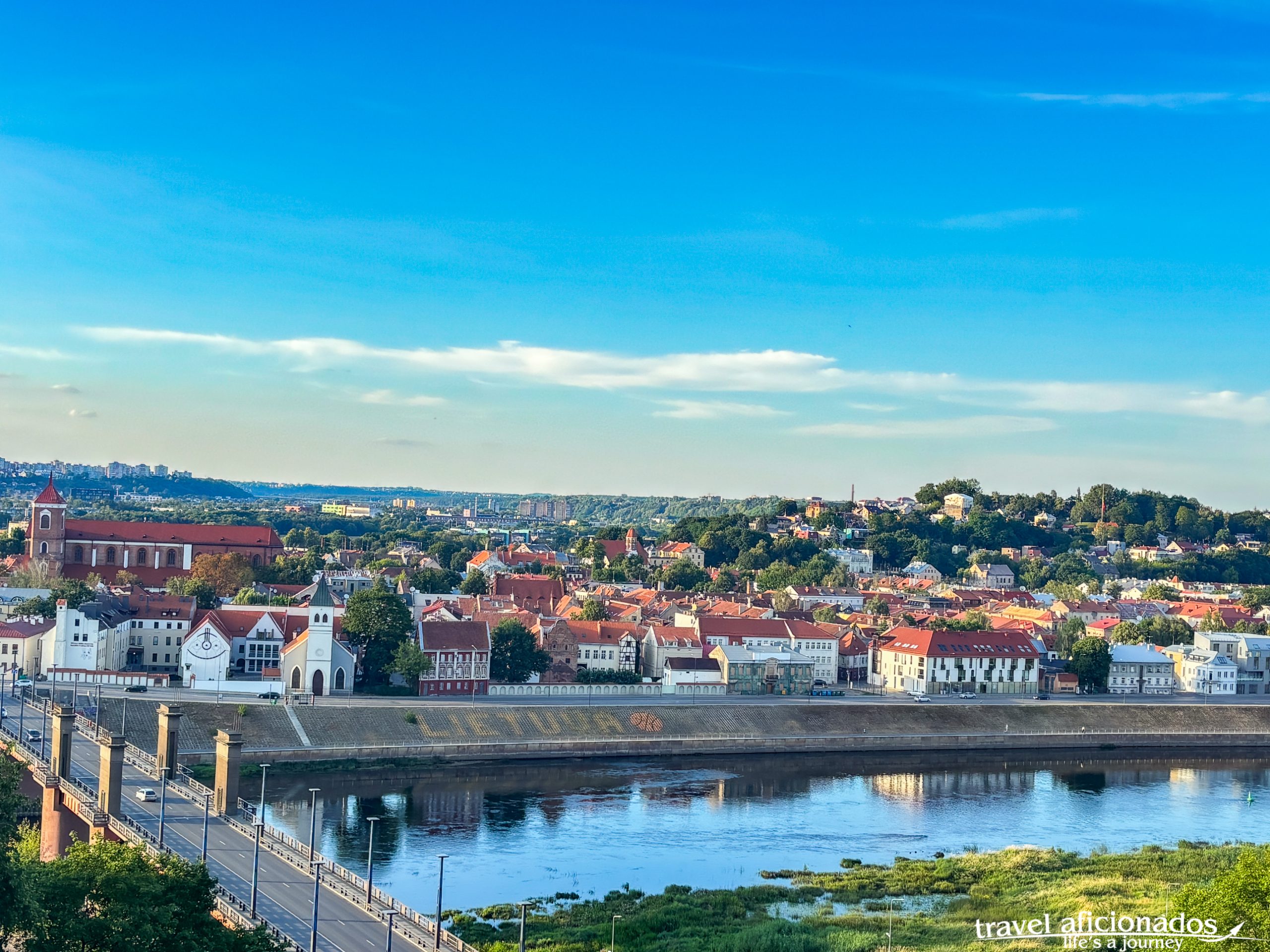
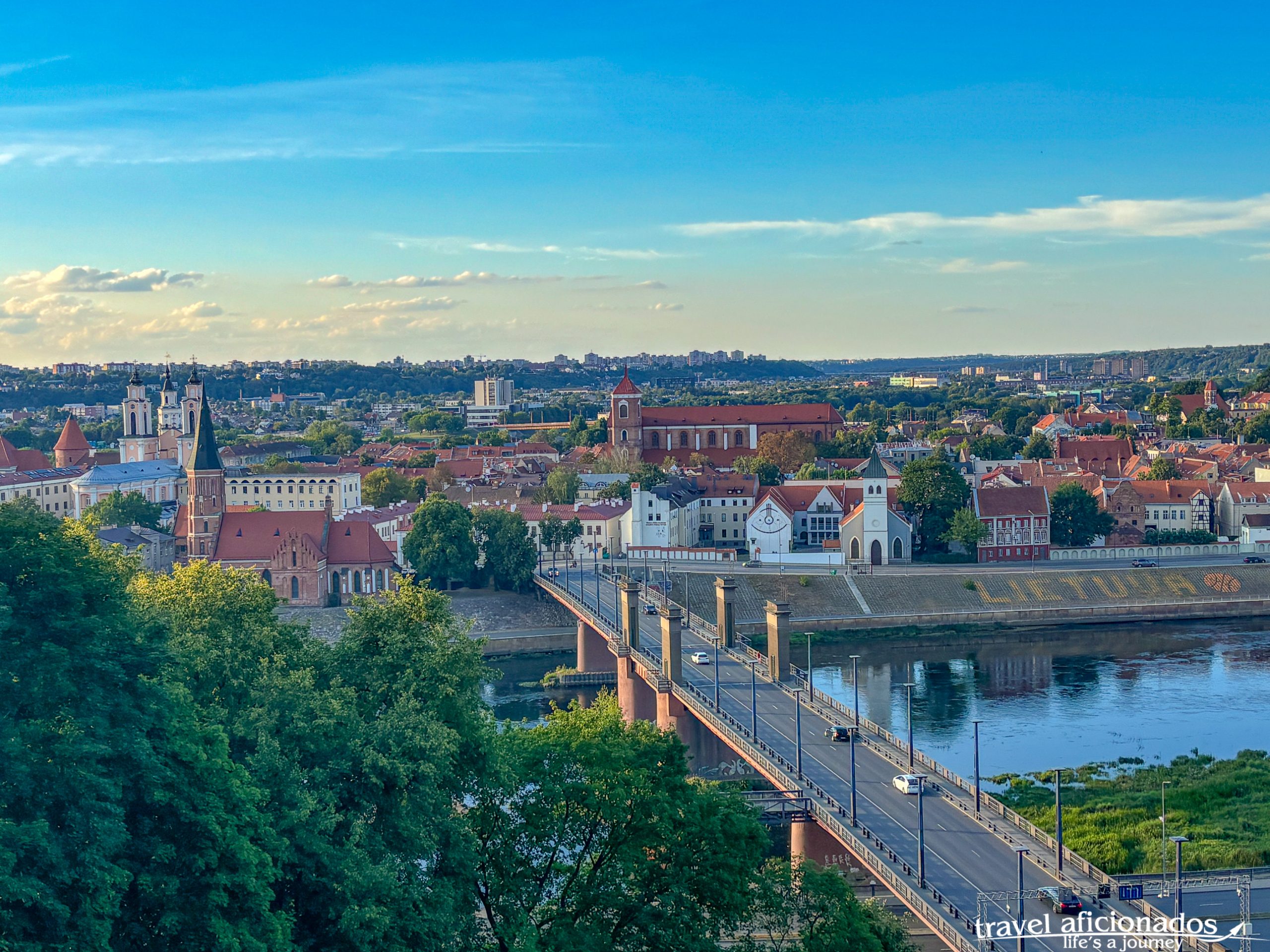
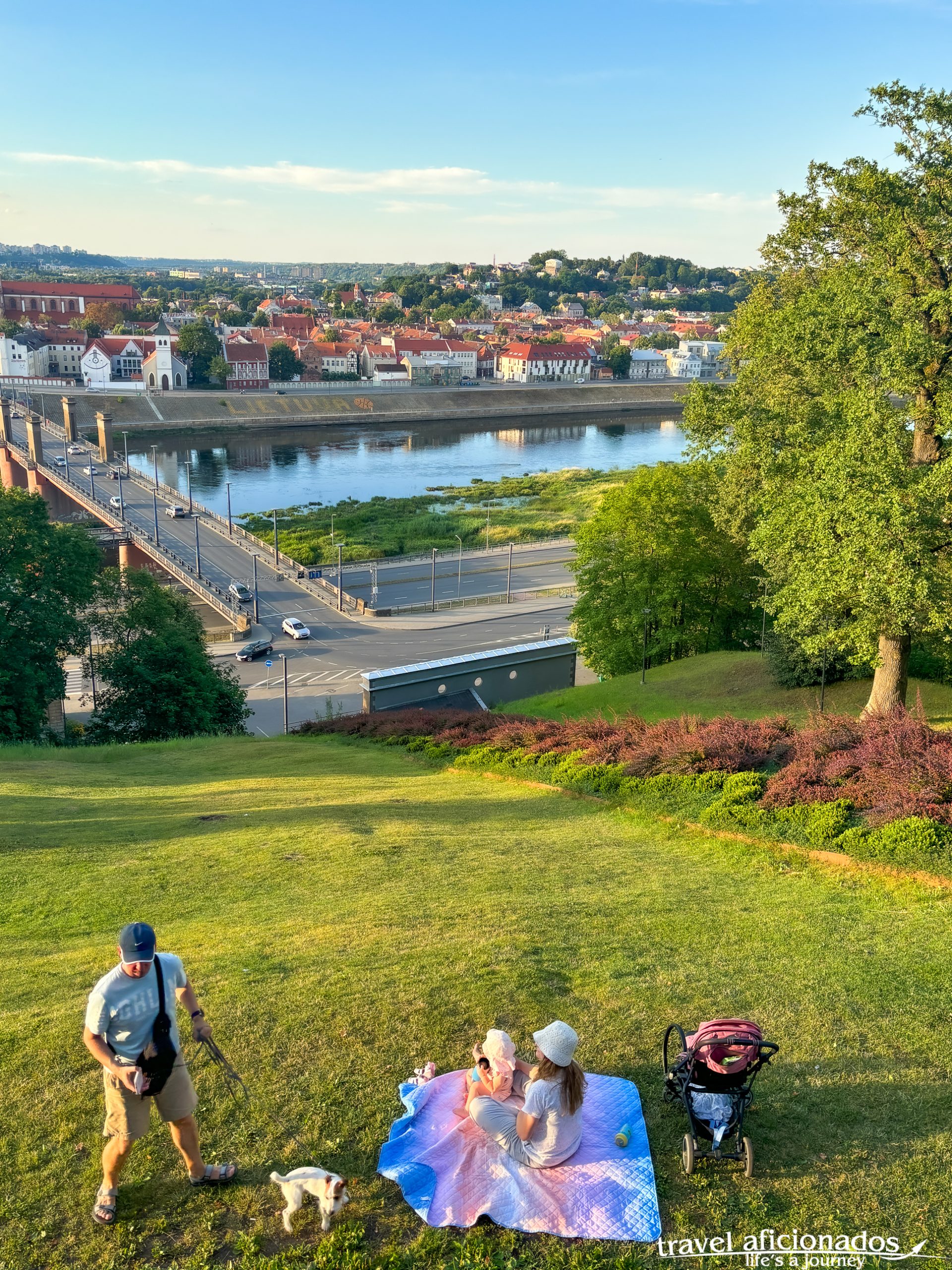
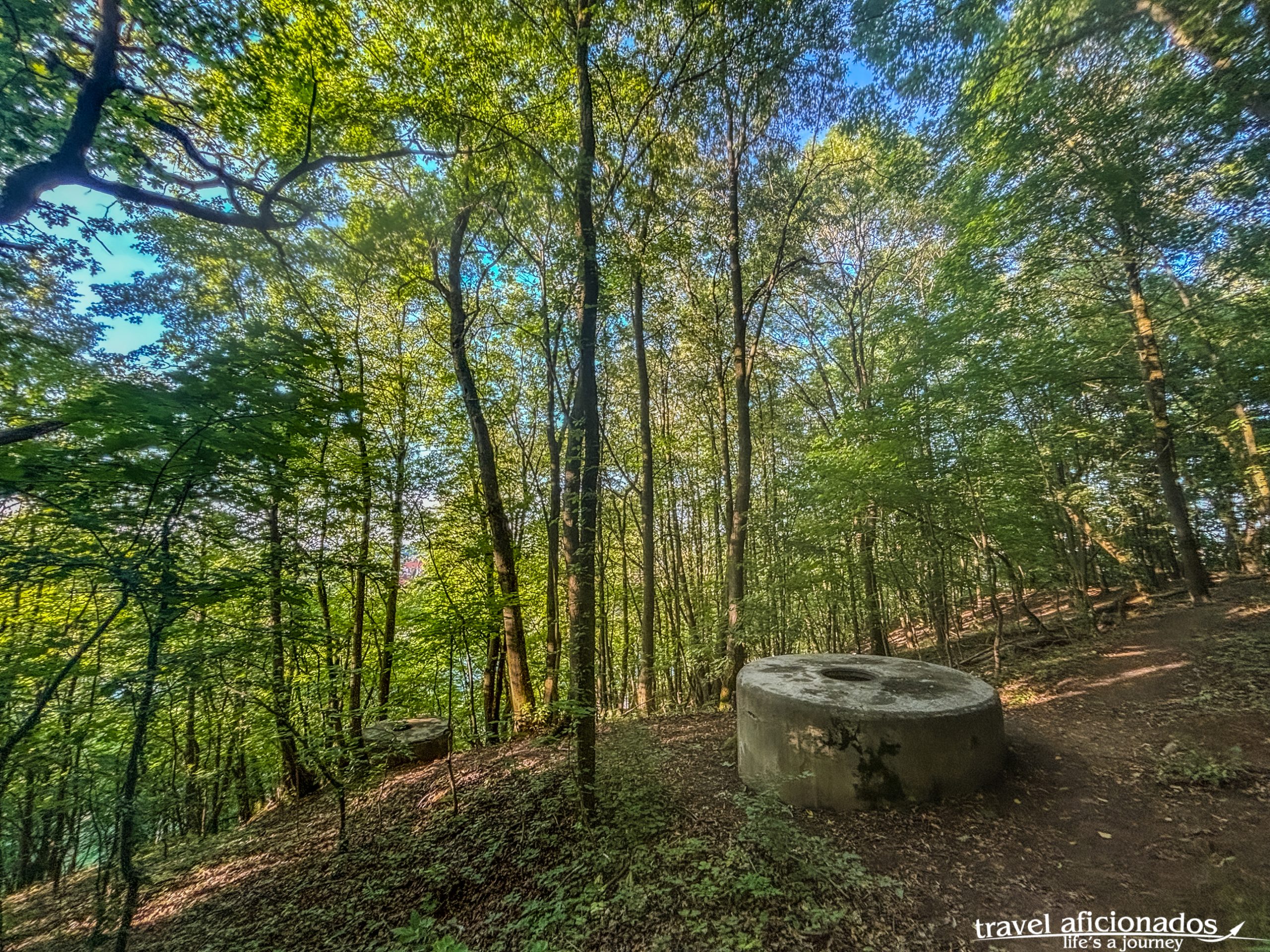
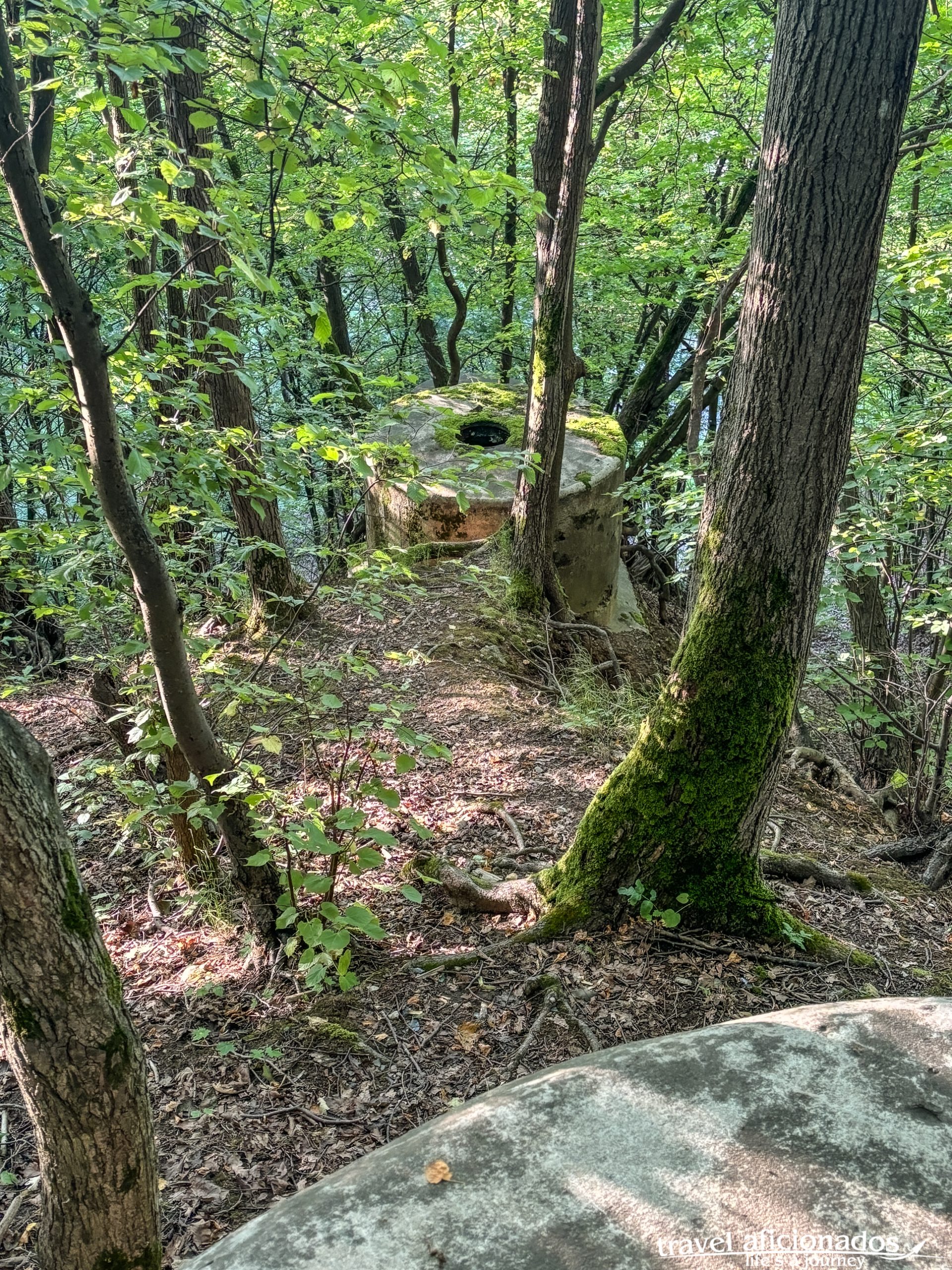
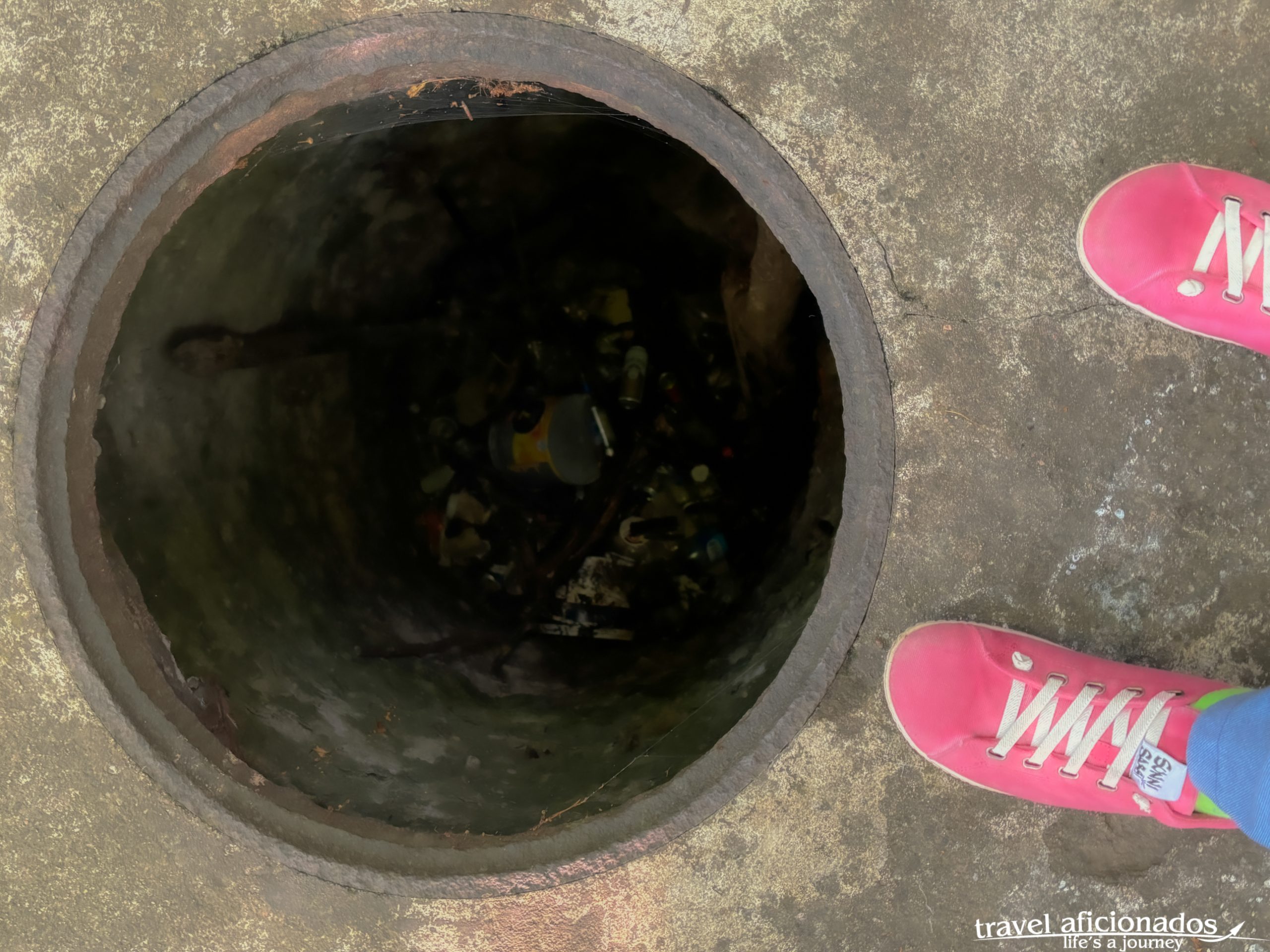
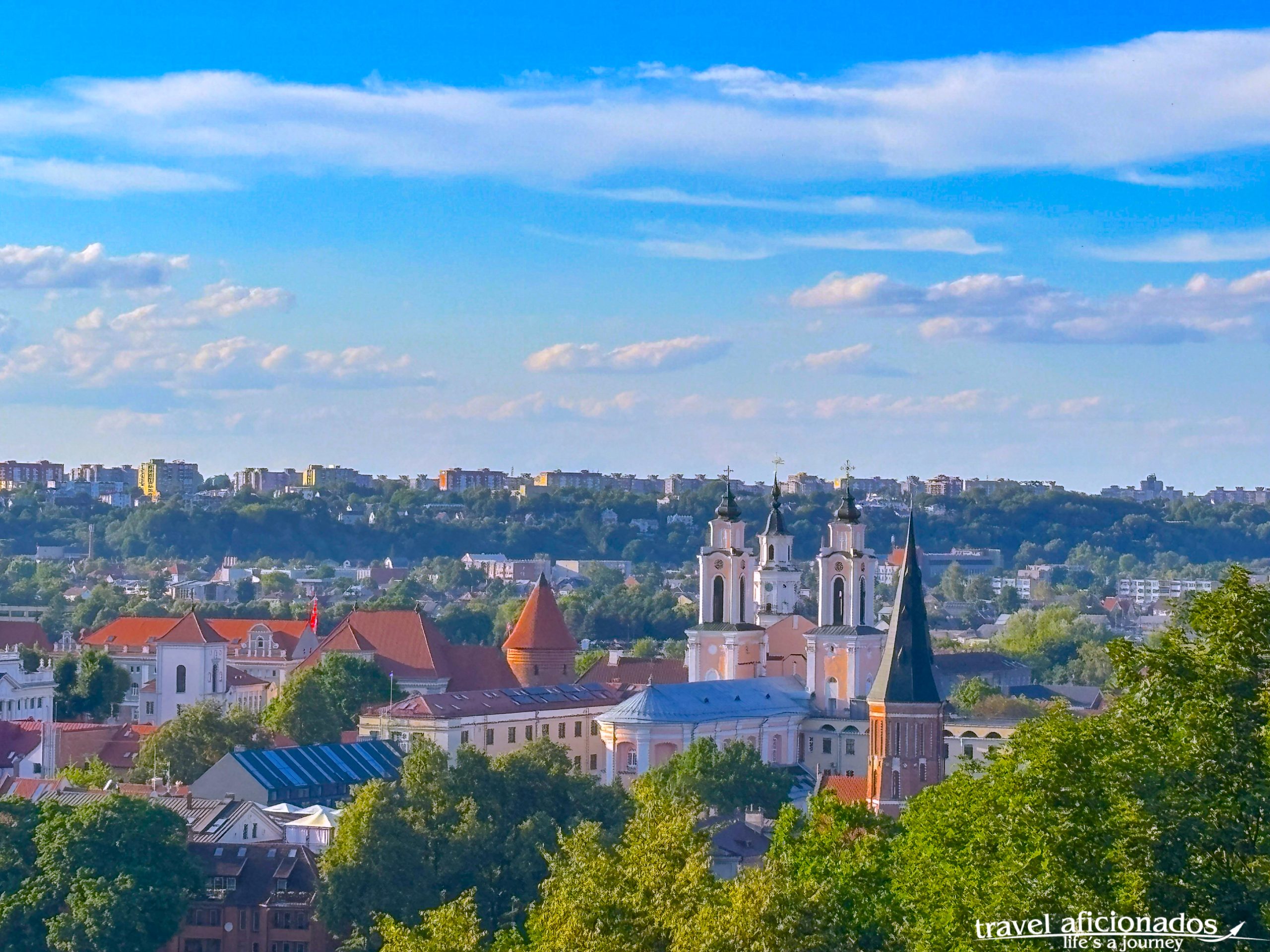
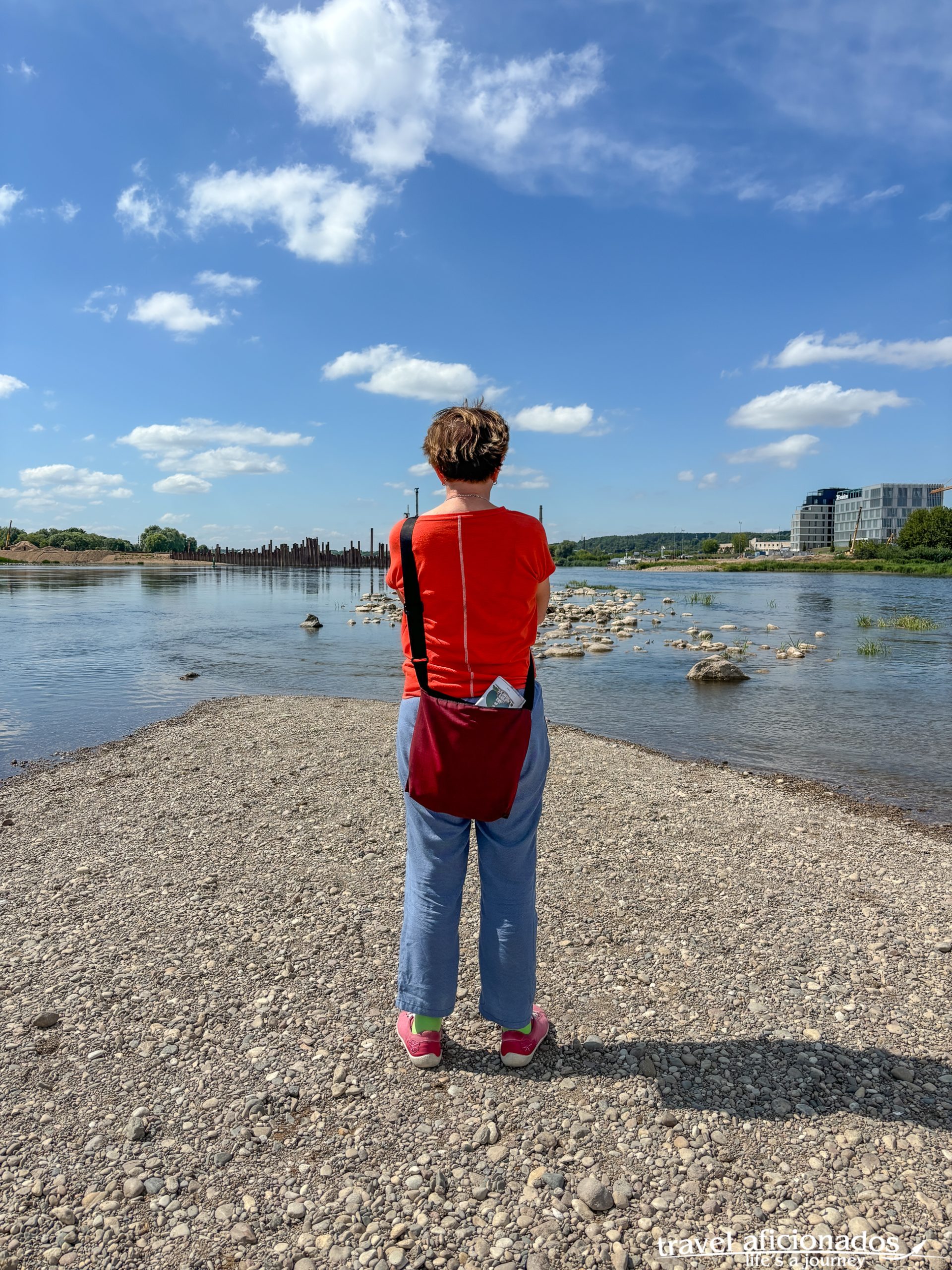
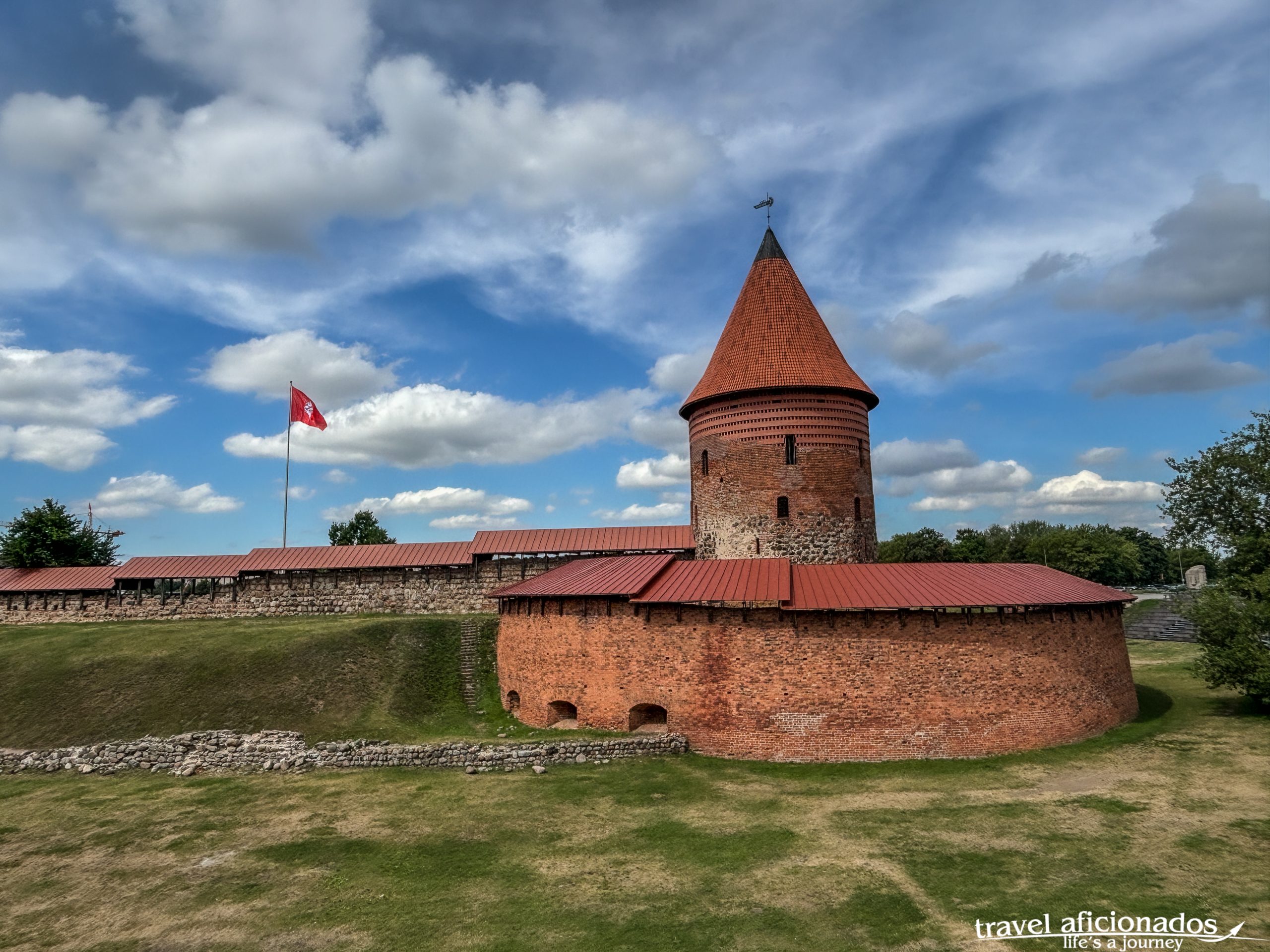

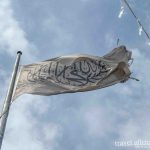
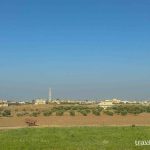
Leave a Reply